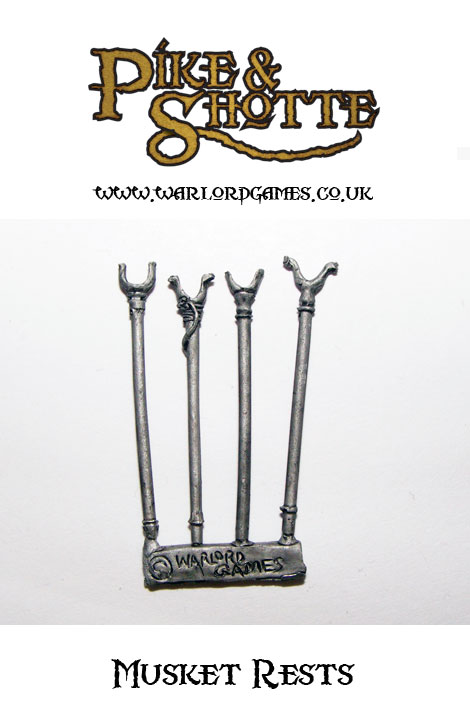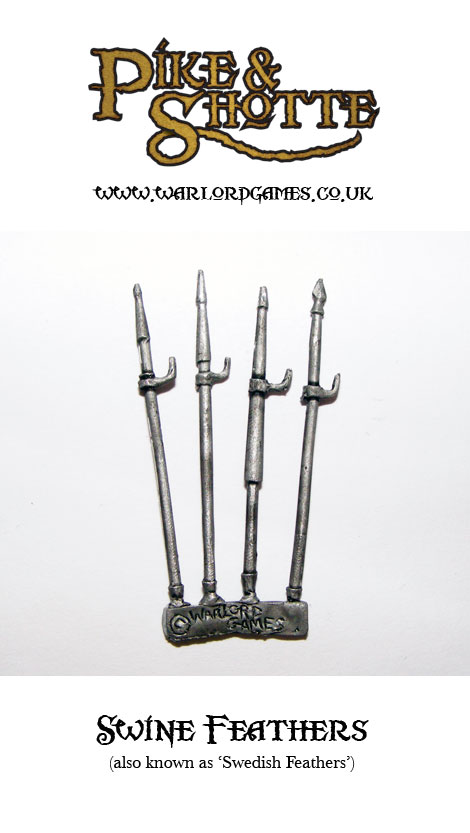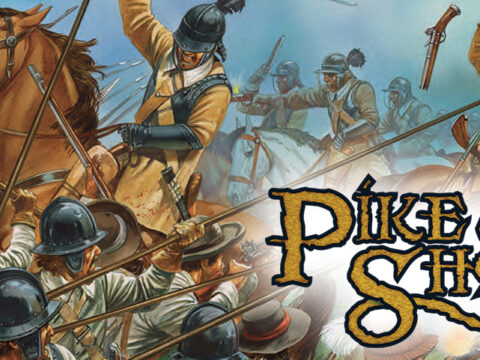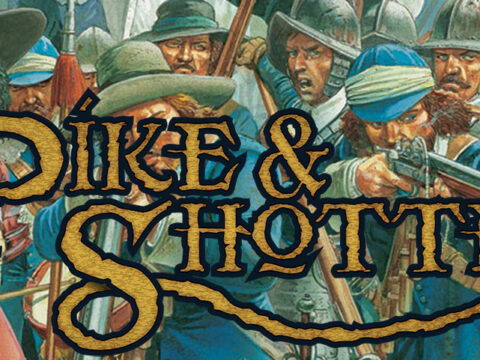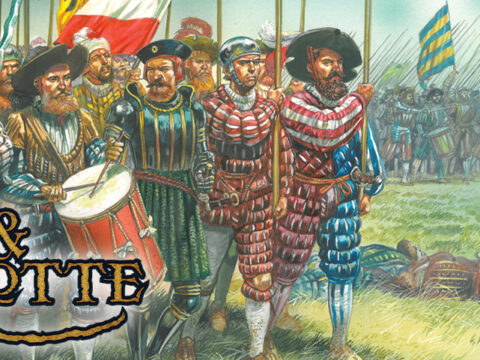Not much says ‘Pike & Shotte’ like muskets rests (well apart from voluminous trousers and flamboyant befeathered hats). Therefore, we just had to make a pack that contained a variety of musket rests and the less common swine feathers.
Musket Rests:
Early seventeenth century muskets were long and very heavy – their long barrel which ensured range and hitting power had to be made thickly enough to ensure safety for the firer. So long and unwieldy were they that musketeers were always equipped with a bandolier or flask for their powder, and a musket rest was standard issue. The drill manuals of the early period show how the musketeer used to his weapon and rest in a delicate series of manouevres, ensuring both efficiency and safety in the rank and file.
A musketeer would have welcomed the rest as though it may appear an encumbrance as in any period of war there is a lot of waiting around. Waiting in the files with a very heavy musket was not ideal, and for sentinel duty a rest was just what was needed. There are few finer sights than musketeers marching to fife and drum with shouldered muskets and a swaggering step using the musket rest as a stylised walking stick.
As war dragged on and technologies improved, muskets could be, and would be, made lighter, barrel lengths dropping and being made thinner with corresponding drop in stock weight. So much so that units, particularly field units began to question the use of the rest, and although sometimes still issued in the English Civil Wars, their use declined by the mid point and, arguably, had all but disappeared by the wars’ end.
Regiments of all armies were unlikely to have had one issue type musket only, so it is entirely possible within regiments and even companies, that some individuals retained their rests for old times sake or were still equipped with older style long heavy matchlocks. Again, it is conceivable that trained band units might keep their old ways and retain use of the rest. This is a great modelling opportunity for the wargamer to either equip a whole regiment of shot with rests, or to sprinkle them through units adding very much to the flavour of 17th century warfare.
They can be glued under the barrels of firing models, placed in their left hands or indeed, placed stuck in the ground beside the musketeer as he reloads. They are also good for adding to carts, camps, etc as added clutter.
Swine Feathers:
Swine feathers (or Swedish feathers) are another feature of 17th century warfare. This period was a time of great change and thinking in military tactics, and all manner of ideas were being tried out across Europe. How best to protect musketeers from cavalry attack was a case in point. Mostly regiments were composed of pike and shot, the musket being covered by the pike if cavalry, or indeed, infantry approached too quickly to engage. The bayonet was a few years away from being introduced, so a halfway house was proposed whereby perhaps the musketeers could defend themselves…
The swine feather was essentially a musket rest, useful for propping a heavy musket, but with a vicious looking iron spike on the end that could be used to form a hedgehog of spear points if placed in the ground, whereby the musketeers could, in theory, retreat behind and fire at their foe in safety. They remind one of the English Longbowmen using archers stakes in the Hundred Years war on the battlefields of Crecy, Poitiers, etc. Often swine feathers were carried only with the purpose of being carried as a stake , with no provision for being used as a musket rest. They were liberally issued in many armies on the continent, the Swedish army, of course, were versed in their use. The Scots Covenanter armies were certainly equipped thus, though we have little evidence of their success or otherwise, even General Monke, the Parliament general suggested their use quite late in the period.
You can use our Swine Feathers to give your models that individual look and also give the models a more Thirty Years war feel. They can be used as alternative musket rests, or driven into the ground at an angle next to a musketeer to show the hedge of stakes being formed by the unit. Just how common or how effective the stakes were is hard to fathom, but it makes your troops look a sight more confident when faced by galloping enemy cavalry!
Now what became of the wagon of musket arrows that were captured in the West Country by the Royalists? Perhaps a few of those would be a nice addition to the range… Both of these excellent accessories are now in the Warlord webstore.

